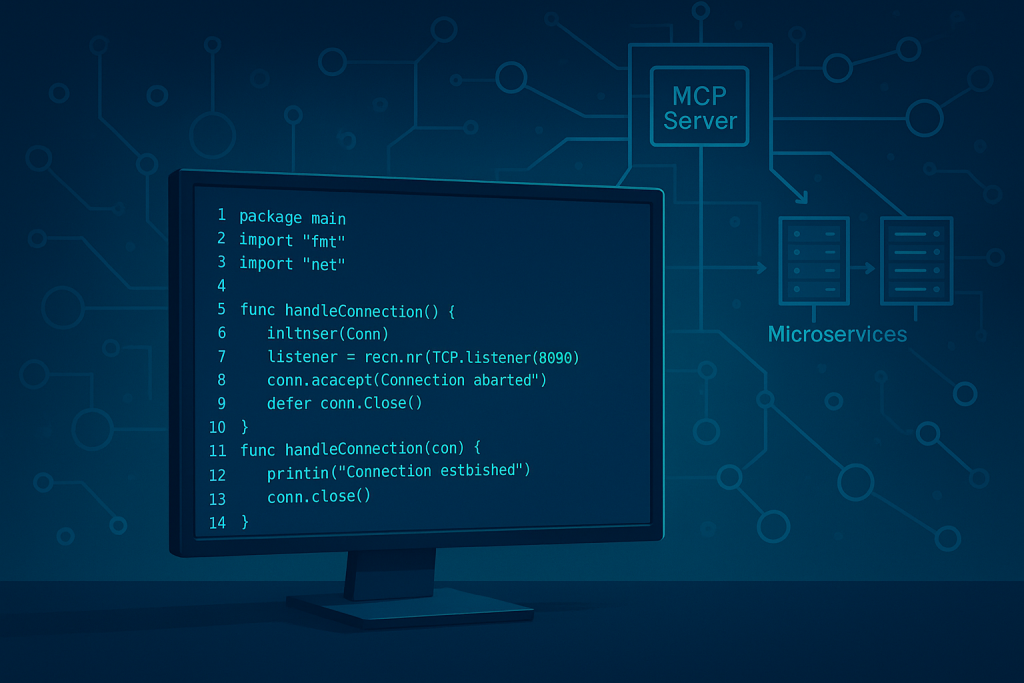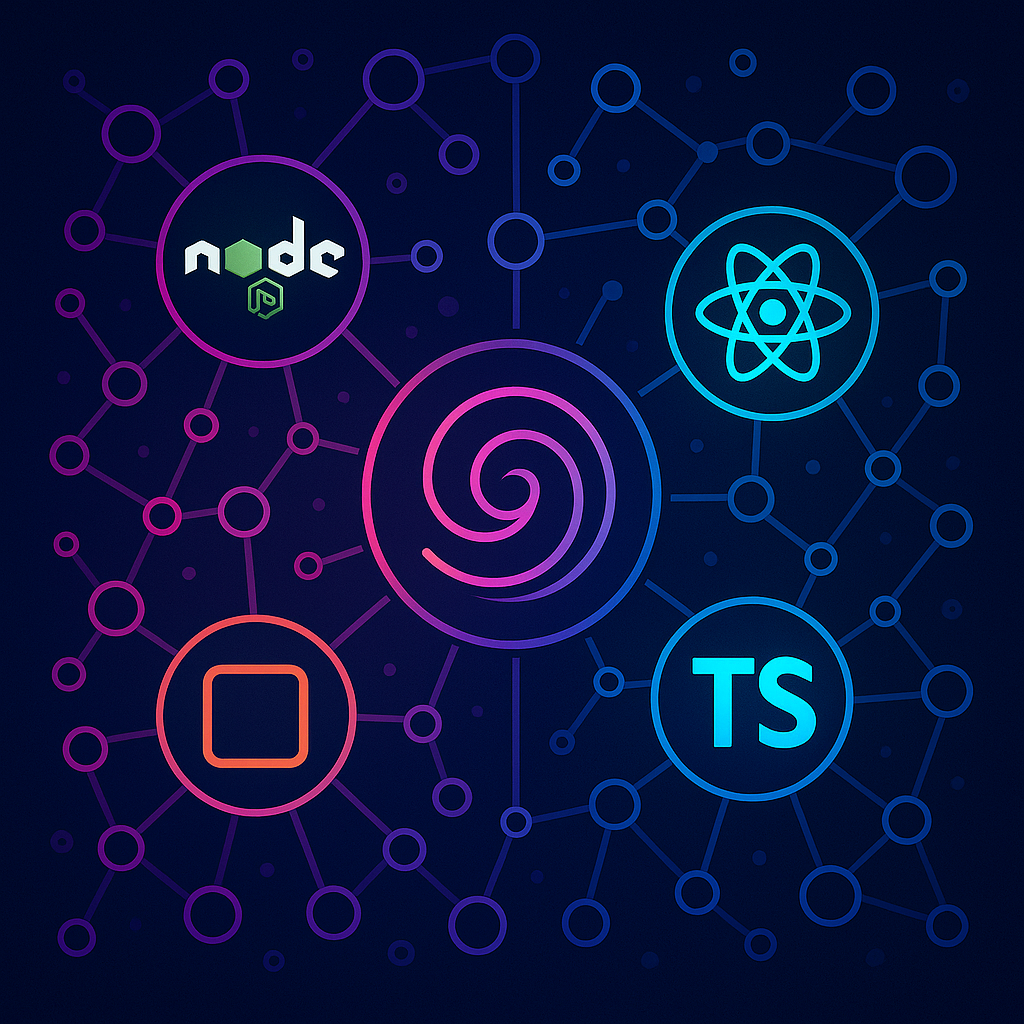Most PHP developers today rely on Composer, a widely used dependency manager that simplifies managing application dependencies. However, running the composer update command in a live environment can lead to unexpected issues.
This article explains why using composer install in production is crucial and outlines safer practices for handling dependencies without compromising your application’s stability.
Understanding Composer: The PHP Dependency Manager
Before we dive into why you should use composer install in production, it’s essential to understand what Composer is and its role in PHP development. Composer is a dependency manager for PHP, offering a streamlined solution to handle libraries and packages within a project. It simplifies the process of managing external dependencies, allowing developers to define and install the libraries their project relies on.
Composer operates based on a composer.json file, where developers specify the required dependencies and their versions. The accompanying composer.lock file records the exact versions of these dependencies installed in the project. When composer install is executed, Composer reads these files and installs the specified versions, ensuring consistency across different environments.
Composer’s main strength is its ability to manage and resolve dependencies in a chain. It doesn’t just install the packages you directly need but also takes care of any packages those dependencies rely on. This approach ensures that your entire project environment remains compatible, with all libraries using matching versions.
Although Composer is a powerful tool for handling dependencies during development, using it in production requires caution. It’s important to keep your dependencies updated without risking the stability of a live application. Striking this balance is key to effective software development and deployment.
Understanding composer install vs. composer update
To comprehend the apprehension around composer update, it’s crucial to distinguish between composer install and composer update. While composer install installs dependencies based on the exact versions specified in the composer.lock file, composer update goes a step further by updating all dependencies and generating a new composer.lock file. This key distinction sets the stage for potential issues when updating dependencies in a live production environment.
The Locking Mechanism
The composer.lock file serves as a snapshot of the exact versions of dependencies that your application is using. When you run composer install, it installs the versions specified in this lock file, ensuring consistency across different environments. On the other hand, composer update discards the existing lock file, potentially introducing newer versions of dependencies, which might lead to compatibility issues.
Versioning Strategies and Dependency Constraints
When you manage dependencies with Composer, you must use the version constraints skillfully. Most importantly, you need to ensure that the constraints afford you instability and compatibility across your project. It will allow you to specify the version constraints in your composer.json file. This is a flexible way to manage updates. For instance, if I were to say ^1.2, I would ensure that any new versions of a package that are backward compatible with the old versions are indeed counted as compatible by Composer. That would mean – if we’re talking about specific numbers – that 1.2.x, 1.3.x, and such up to 2.0 would be okay for the composer to count as compatible.
To exert more control, you can set dependencies to a precise version, such as 1.2.3. This guarantees that just this version gets installed, which aids in making sure that critical dependencies – and the parts of my application that really need to be stable – are as stable as possible. When you install from a more controlled environment, you really don’t want the installation to be pulling in unstable versions of the dependencies, especially transitive dependencies. But in setting these fixed versions, you lose the freedom to pull in new minor or patch versions of the dependencies you see listed in the table above. When you see those new versions, they’re typically fresh with important bug fixes, security patches, or new features. As a general rule, always set sensible version constraints and avoid using wildcards (e.g., *), as they can lead to unexpected breaking changes.
Examples:
"symfony/symfony": "^5.3"(Allows updates to any5.xversion)"guzzlehttp/guzzle": "~7.2"(Allows updates to any7.xversion but not8.x)"monolog/monolog": "2.3.1"(Locks to version2.3.1, no updates allowed)
Handling Security Updates
Ensuring your application’s dependencies are secure is vital. Several methods exist for effectively managing the security updates of Composer dependencies. The most effective way is also the simplest: regularly check dependencies for vulnerabilities, and update any that do have them. The security checker built into Composer itself can carry out this simple task. When you run composer audit the plugin checks your lock file against a public database of known issues; if a vulnerability is found, it tells you which package is affected and what the nature of the problem is.
Moreover, to guarantee the application of security patches without compromising stability, employ conservative version constraints like ^ or ~. These constraints let through just minor updates and patches, but not major updates that could break your app.
For instance, if you use ^1.2 for a library, you get all the updates in the 1.x series without being bumped up to 2.0, which might not be backward-compatible with 1.x. Running composer outdated --direct every now and then helps you keep tabs on the direct dependencies that need updates.
Examples:
- Run
composer auditto check for known vulnerabilities. "symfony/symfony": "^5.3"(Allows updating to the latest security patches in5.xwithout jumping to6.x).- Using
"roave/security-advisories": "dev-latest"ensures insecure versions of dependencies are blocked from being installed.
Composer Scripts
You can use the composer scripts to execute certain tasks before or after specific composer commands, allowing you to automate your development and deployment workflows. You define custom composer scripts in the “scripts” section of your “composer.json” file. When you run “composer install,” “composer update,” or other composer commands, they don’t usually execute (unless you’ve asked for them to execute specifically). Of course, with PHP, you can do anything you need to do, and many people use just plain PHP for this. But if you’re doing something that’s relatively trivial, like automating a few doc generation commands, or if you’re doing something that’s relatively shell-like in nature, Composer provides a mechanism for you to invoke an “external command” from your script. When you run the external command, you’re telling Composer to execute a command in the environment where it’s working. For instance, a common use case is running composer dump-autoload -o after installing or updating dependencies to optimize the autoloader for production environments.
Examples:
"scripts": {
"post-install-cmd": [
"php artisan clear:cache",
"composer dump-autoload -o"
],
"post-update-cmd": [
"vendor/bin/phpunit"
]
}- Automatically clear cache and optimize autoloading after
composer install. - Run
phpunittests after an update to ensure everything works as expected.
The Fear of Breakage
The fear associated with running composer update in production stems from the unpredictability introduced by updating dependencies. Even with tight version constraints your composer.json, the recursive nature of Composer may lead to updates in your dependencies’ dependencies. While most updates won’t cause problems, there’s a risk that a behavior change introduced several layers down the dependency chain, could impact your code in unanticipated ways.
Real-World Scenarios
Consider a situation where a critical extension, such as the pcntl module, requires an update. The temptation to run composer update to address this issue might arise. However, doing so in a production environment could lead to unforeseen conflicts and breakages, especially if the update introduces changes that haven’t been thoroughly tested against your application.
Best Practices: Always Run Install in Production
Given the potential risks, experienced developers often advise against running composer update directly in a production environment. Instead, a more structured approach is recommended:
- Perform Updates Elsewhere: Execute
composer updatein a development environment or a dedicated staging server. This allows you to assess the impact of updates without risking the stability of your live application. - Separate Environments: Create a separate copy of your application, ensuring that the updating process does not interfere with the live application being served to users.
- Deploy a Fresh Installation: If updates are necessary, opt for
composer installto create a fresh installation based on the existingcomposer.lockfile. This approach provides more predictability and reliability compared to the potentially unpredictable nature ofcomposer update. - Optimize and Test: Before deploying to production, optimize your autoloader, run after-install scripts, and thoroughly test the new version in a staging environment. This step ensures that any potential issues are identified and addressed before reaching the live environment.
- Use Deployment Tools: Composer is primarily a dependency management tool, not a deployment tool. Consider utilizing dedicated deployment tools to push your code to production. This could involve code deployment tools or even simple scripts for tasks like FTP uploads.
- Symlink for Swift Updates: To minimize downtime and avoid impacting a running application, consider using a symlink as the “production” root. This allows for quick updates by replacing the symlink with the new release once the deployment is ready.
Conclusion
In short, be very careful when running composer update in a live environment because changing dependencies can cause problems. By following best practices—such as updating in a safe, controlled setup, testing everything thoroughly, and then deploying changes carefully—you can keep your application current without risking stability. Ultimately, the secret to success is to manage dependencies thoughtfully and plan each update, so you avoid the hidden pitfalls of today’s constantly evolving software ecosystems.



